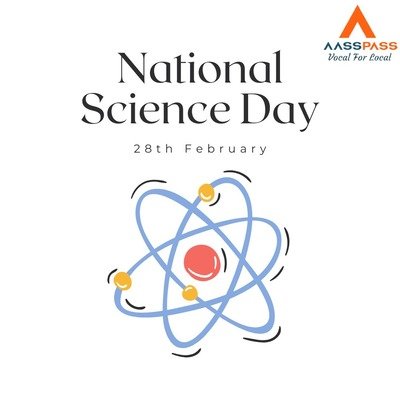National Science Day is celebrated on 28 February to mark C.V. Raman’s discovery of the Raman Effect. The 2025 theme focuses on youth empowerment in science.
National Science Day is observed every year on 28 February to commemorate the discovery of the Raman Effect by Indian physicist C.V. Raman in 1928. Since 1986, India has been celebrating this day to acknowledge scientific achievements and promote awareness about the role of science in daily life.

National Science Day 2025 Theme
The theme for National Science Day 2025 is “Empowering Indian Youth for Global Leadership in Science and Innovation for Viksit Bharat.” Schools, colleges, and research institutions across India organise various activities such as essay writing, speech competitions, and exhibitions to inspire students and encourage interest in scientific advancements.
What is the Raman Effect
C.V. Raman discovered the Raman Effect on 28 February 1928. It describes the scattering of light when it passes through a transparent material and interacts with its molecules. Most of the light continues in the same direction, but a small portion is scattered with a change in energy, leading to variations in wavelength.
Types of Energy Shifts in the Raman Effect
Stokes Shift (Energy Loss): When light interacts with a material, some photons transfer part of their energy to the molecules, causing vibrations. This results in scattered light with a longer wavelength (lower energy) than the original light. This shift helps in studying chemical compounds and their molecular structures.
Anti-Stokes Shift (Energy Gain): In some cases, molecules that already have high energy transfer energy to the scattered light. This leads to light with a shorter wavelength (higher energy) than the original. Anti-Stokes scattering is useful in temperature measurements and studying high-energy molecular states.
Raman spectroscopy, based on this principle, is widely used in chemistry, physics, medical research, and forensic science.
C.V. Raman’s discovery of the Raman Effect was a significant breakthrough in physics, paving the way for new scientific research. In recognition of this achievement, he was awarded the Nobel Prize in Physics in 1930, making him the first Indian to receive this honour in science.
C.V. Raman’s contributions have had a lasting impact on science in India and worldwide. His work continues to inspire scientists, researchers, and students. The Raman Effect remains an essential tool in various scientific fields, contributing to advancements in healthcare, material science, and forensic investigations. By celebrating National Science Day, India honours C.V. Raman’s legacy and encourages young minds to explore the world of science and innovation.

Leave a Reply